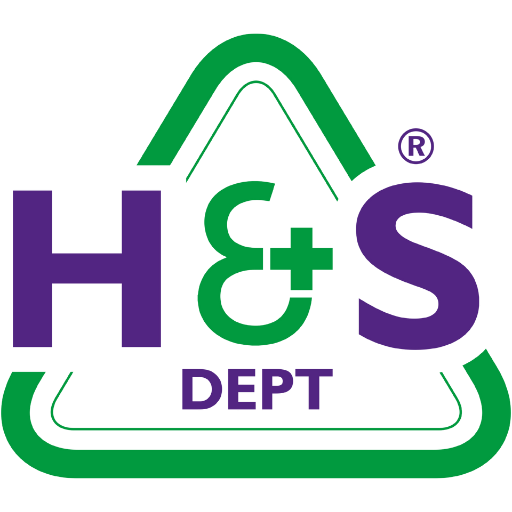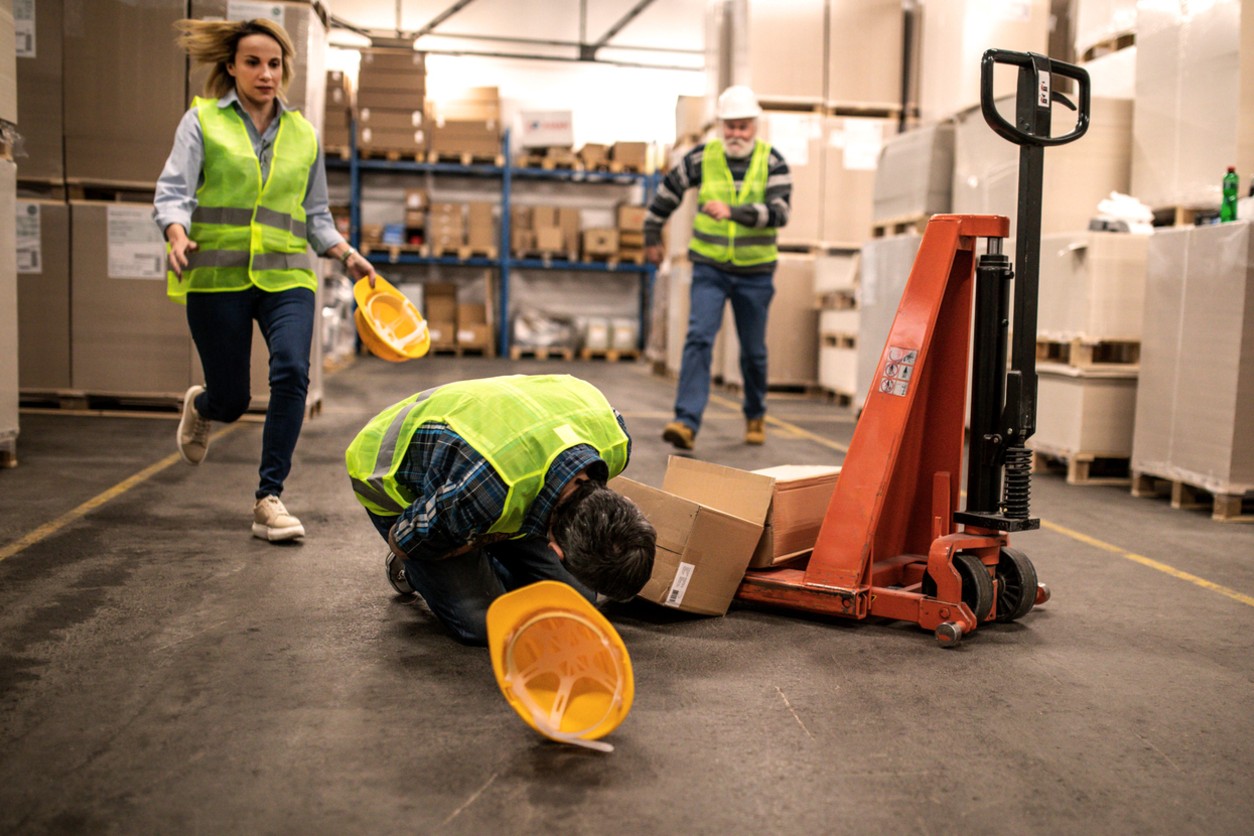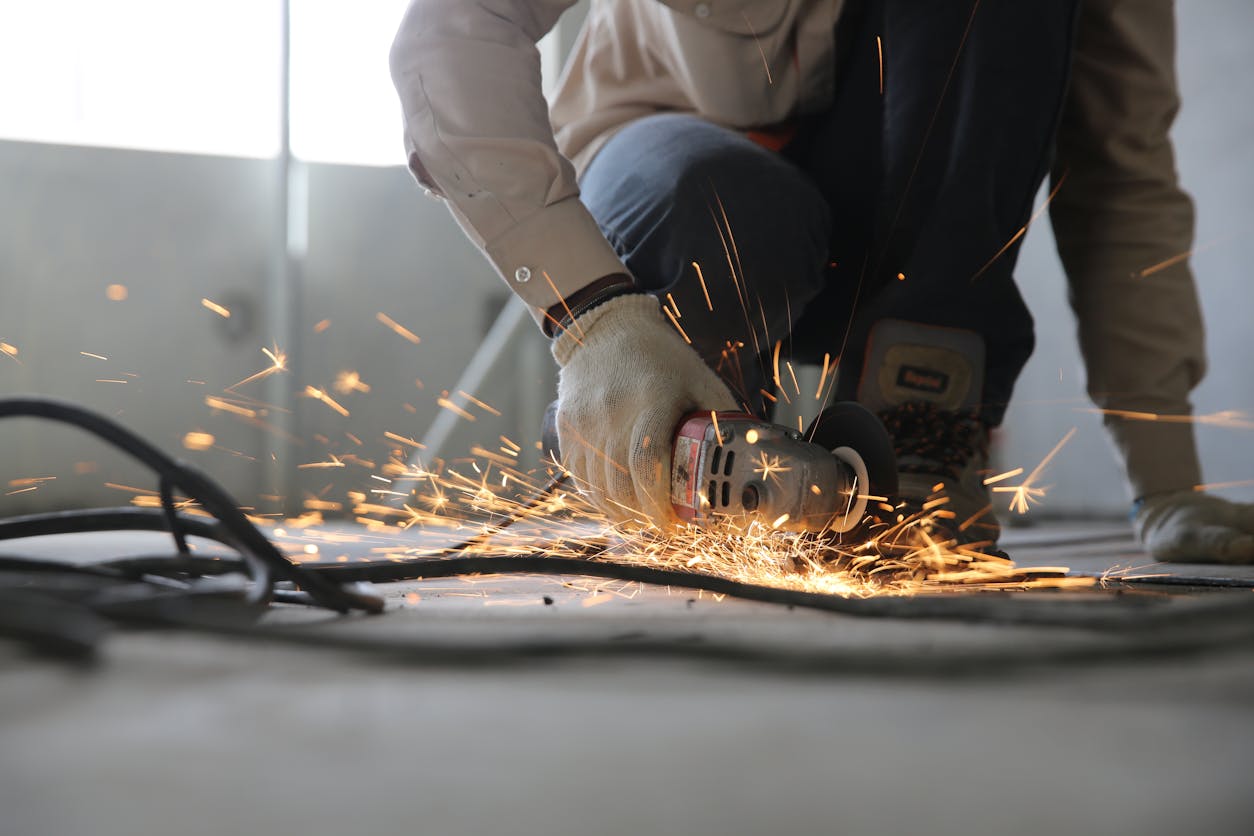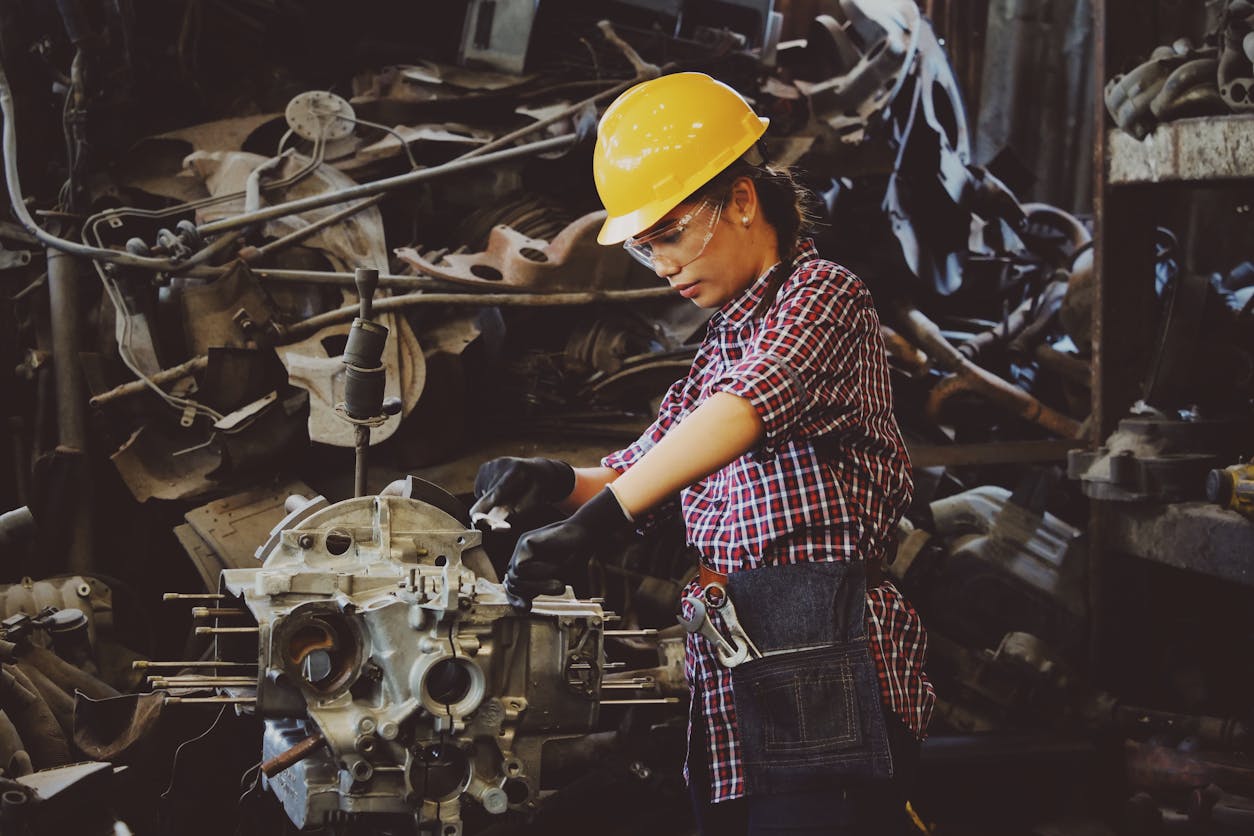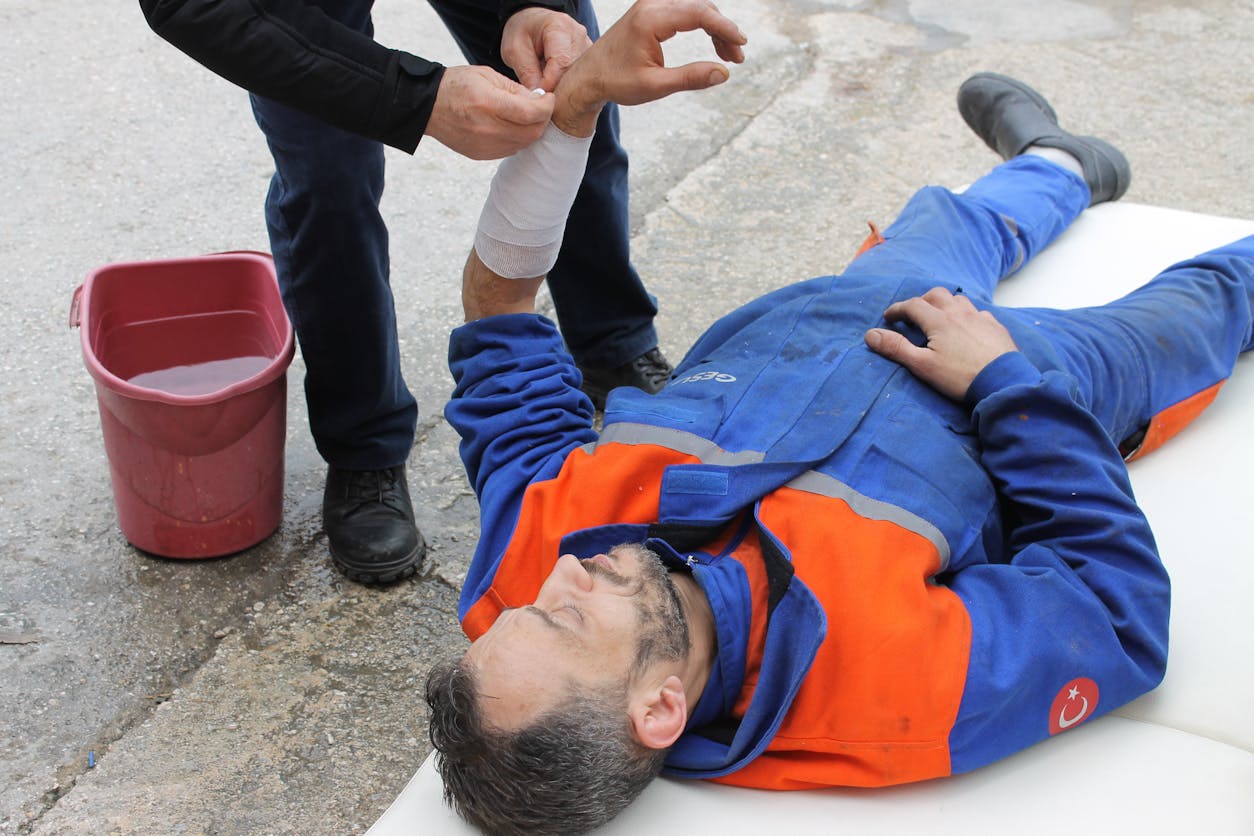Risk Assessments and Method Statements (RAMS) are a staple of workplace safety. For many tasks, a standard template will do the job: identify the hazards, assess the risks, put the controls in place. But if you’ve ever been responsible for health and safety in a more complex environment, you’ll know that the basics often aren’t enough.
When work is happening in high-risk industries, across multiple contractors, or within live operational spaces like hospitals or utilities, hazards shift and overlap in ways that a generic RAMS can’t always capture. In these situations, businesses need to think beyond compliance and focus on creating RAMS that are dynamic, collaborative and built to adapt.
When “advanced” really matters
So when should you consider going further than a standard RAMS? Think about projects where work is taking place alongside other activities, such as construction within an occupied office or refurbishment in a healthcare setting. These scenarios bring risks that evolve daily – a new contractor arriving on site, changes to access routes, or unexpected environmental factors.
Even in routine industries, work can quickly become complex. Confined spaces, heavy plant, or unusual equipment all raise the stakes. A simple document that ticks the boxes won’t always protect your people in these conditions. What’s needed is a strategy that digs deeper, anticipates change, and makes safety something everyone actively owns.
Putting people at the heart of RAMS
It’s easy to focus on hazards, machinery and checklists, but most incidents come down to human behaviour. People get tired, distracted, or cut corners under pressure. If your RAMS don’t take account of how people actually behave on site, then they’re only addressing half the picture.
That’s why advanced RAMS place people at the centre. They consider the human factors that might influence safety – from fatigue and workload to communication between teams. They make sure methods are practical, clear and easy to follow, so staff aren’t left deciphering pages of jargon. And they encourage input from those on the ground, because frontline workers often spot risks or impracticalities that managers can miss.
A strong RAMS is one that people can understand, believe in and use. When your team feel part of the process, they’re far more likely to follow it.
Using technology to stay one step ahead
In recent years, technology has given businesses new ways to strengthen their approach. Some organisations now use digital platforms that keep RAMS live and updated, so everyone is always working from the latest version. Others are making use of sensors to monitor dust, vibration or air quality, giving real-time alerts when conditions change.
Data is another powerful tool. By analysing trends in near-misses or small incidents, you can often identify risks before they escalate into something more serious. This means your RAMS aren’t just reactive, but informed by real evidence from your workplace.
Technology won’t replace human judgement, but it can help you see the bigger picture and act faster.
Keeping RAMS alive
One of the biggest mistakes businesses make is treating RAMS as static documents. They get written, signed off, and filed away – only to be pulled out when an inspector comes knocking. In reality, complex environments demand that RAMS are kept alive.
That means setting clear points for review, whether that’s after a change in site conditions, a shift in contractor arrangements, or following an incident or near-miss. It also means encouraging feedback from the team using them. If something doesn’t work in practice, it should be captured and addressed.
Think of RAMS as a living conversation rather than a one-off exercise. They should grow and evolve with your project, helping you learn and improve as you go.
Working together for better outcomes
No one person has all the answers when it comes to safety. Advanced RAMS work best when they’re developed with input from everyone involved – from subcontractors and supervisors to clients and safety representatives. Each has a unique perspective, and bringing them together helps uncover risks that might otherwise be missed.
This collaborative approach doesn’t just strengthen the RAMS. It also builds a shared sense of responsibility. When people feel they’ve had a say in shaping safety measures, they’re far more likely to take ownership and stick to them on site.
How The Health & Safety Dept can help
Developing RAMS that go beyond the basics can feel daunting, especially when you’re already juggling the pressures of running a business. That’s where we step in. At The Health & Safety Dept, we work alongside you to create bespoke RAMS that reflect the real challenges of your workplace.
We don’t rely on generic templates. Instead, we take the time to understand your operations, your people and your risks. We help you factor in human behaviour, make use of data and technology, and keep your RAMS relevant throughout the life of your project. And because we act as an extension of your team, we’re there to support you through every update, review and inspection.
Our aim is simple: to give you peace of mind that your RAMS aren’t just compliant on paper, but genuinely keeping your people and your business safe.
If you’d like expert support in developing advanced RAMS tailored to your business, get in touch with The Health & Safety Dept. Together, we can make sure your safety planning grows with your challenges – keeping your people protected and your business moving forward with confidence.
